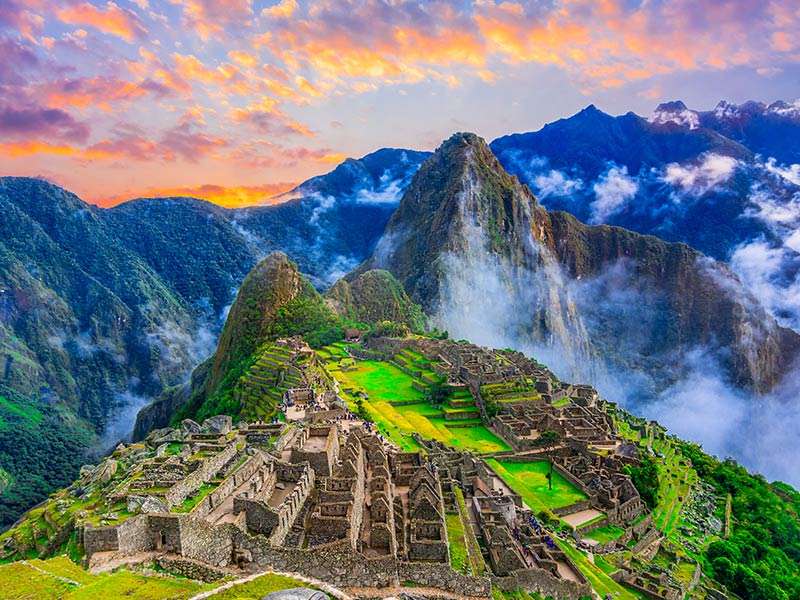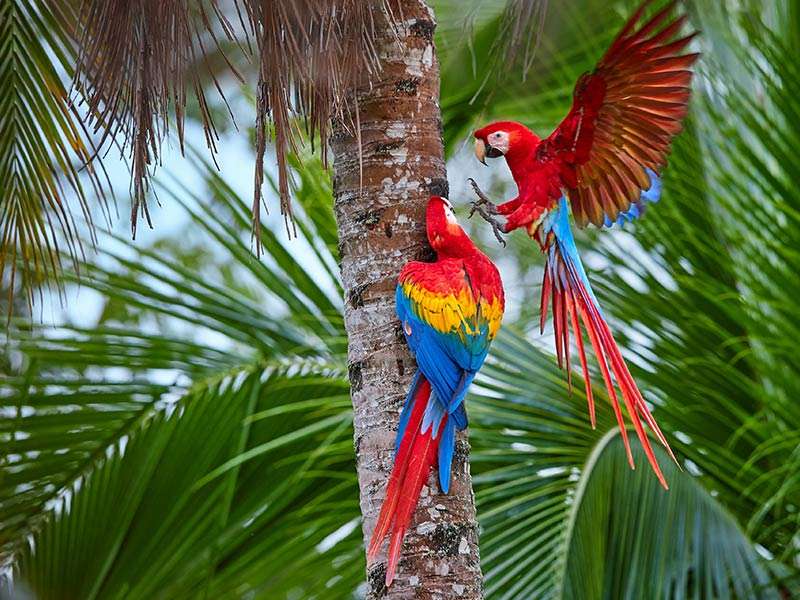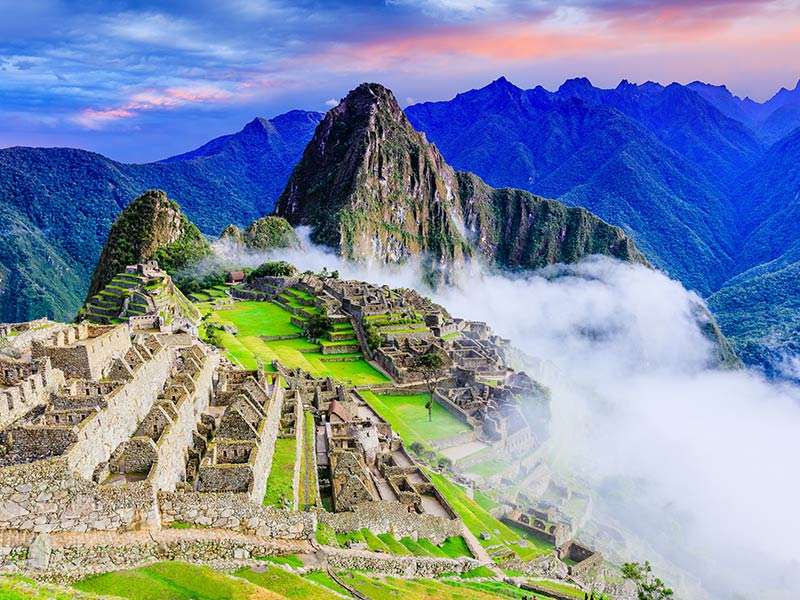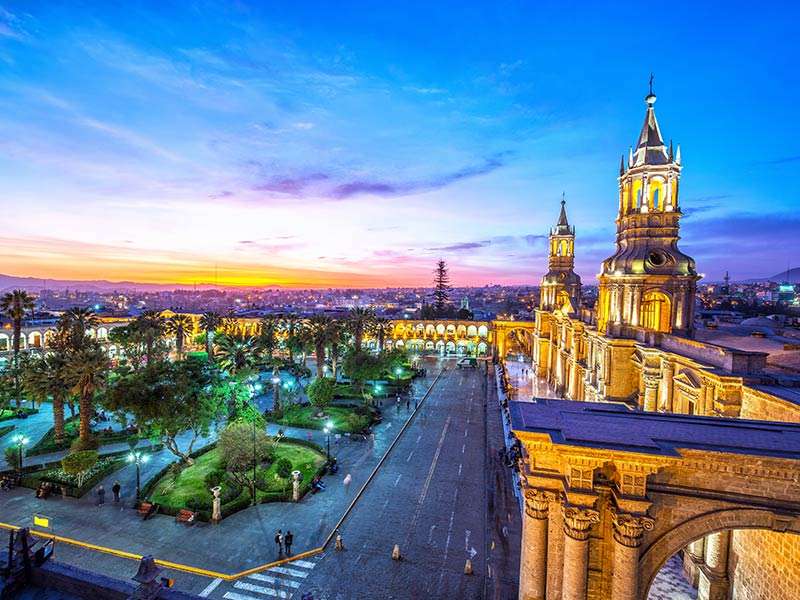Declared a world heritage site by UNESCO 1983, Machu Picchu is an Inca Citadel visited by a myriad of tourists yearly. If you are weighing your options or considering paying a visit to Machu Picchu, here are the top 10 interesting facts about this newly voted Seven Wonders of the World addition, according to visitors around the globe.
Machu Picchu Is Close to 2500 Meters Above Sea Level
One of the fascinating facts about this ancient Inca site is its elevation. Its altitude means you'd need a few days to get accustomed to a new height. As exciting and adventurous as this may sound, the downside is the stress of exploring the site. Hence, prepare yourself for the physical demands of the Machu Picchu, although the jaw-dropping views of the plains and ruins will compensate for this. Take note that if you have any medical condition or health challenges connected to high altitude, do well to come with your medication. It may be wise to see a physician before making the trip.
The Walls are Standing Without Mortar
Talk of an intuitive architectural design and the walls at this historic site will be a fitting example. Machu Picchu's walls are strong enough to withstand the force of an earthquake, yet no mortar was present in the construction materials. Instead, the stones of the walls are of precise cut. The stones are perfect, and they fit together tightly to form a sturdy surface. Extra strength comes from the technique of the foundation. A large chunk of stones buried in the sands formed the foundation. Then the precisely cut stones completed the building process. Some designs are also organic; for example, some stairs were carved from a large rock, and some were constructed around rocks. The construction process is surprising and impressive since crude tools were used to cut and move the stones. It's so cool! And you'd appreciate it more if you saw it for yourself. It's a fantastic work of art with practical value. You may want to pay special attention to this when you visit.
Surrounded by a Lush of Natural Beautiful Green Vegetation and Flowers
This site is home to hundreds of plants and animal species. A common species of plant is the orchids! Over 300 species of orchids are present in the green vegetation of the Citadel. The high jungle of this site boasts lush green foliage. If you are fascinated by flora, the natural environment of the citadel will give you an all-encompassing package to help you enjoy your visit to the full. The abundance of greens also means flowers of different types are equally available in good numbers. The biological diversity is more evident and accessible if a visitor decides to stroll past the famous Inca trail. The trail brings you close to nature as the environment at Machu Picchu has it!
Home to spectacled Bears
Spectacled bear, alternatively known as the short-faced bear, is a mountain bear found in countries like Argentina, Columbia, and Peru. Since Machu Picchu is in Peru, it's no surprise that the Citadel has this bear species. You should be able to spot these bears along the Inca trail at the citadel. This breed, according to the International Union for Conservation of Nature, is near extinction. With less than 10,000 available, the bromeliads loving animals are a rare sight, although you may be fortunate to spot a couple on some quiet evenings. However, they often spend time in the thick of the forest, relishing the comfort of their natural habitat.
The Iconic llamas
The Llamas have a history that dates back to the pre-Columbian era and are common in South America. You can expect to see the Llamas in good numbers at Machu Picchu. This domesticated South American camelid is harmless( you may take a selfie with one). The worst is for them to spit if annoyed -- nothing terrifying or fatal will happen. The Llamas are part of the culture of the Incas; hence so many things in the citadel relate to them. For example, there are speculations that some buildings in the Machu Picchu Citadel have a shape similar to the Llamas. In your days at the citadel, you'll spot many Llamas around even though they prefer high altitude. Apparently, to enhance tourists' travel experience, many Llamas have been relocated to premises where visitors can access them often.
Hiking in the Inca Trails
The Inca trails offer an indescribable beauty. Little wonder the trail is usually sold out! The permit to hike in the trail is not readily available. To get access, you may have to book six months in advance ( yes, it's that exclusive). It sometimes closes due to maintenance. However, some other trails are available. They are also beautiful and captivating. The Lares Trek includes visiting snow-capped mountains, ruins, and other natural places of interest. The Salkantay Trek is another one to enjoy. These hiking packages vary in days, but all offer a memorable experience. You'll get to hike the Andes mountains, enjoy thermal waters, amazing lakes, and snowy plains. Other exciting attractions include a temple, mountains, and a couple of other surprises. You don't have to walk the entire distance, trains and buses are available for interested individuals.
It's 500 Years Old
The meticulous attention to detail in the construction of the Machu Picchu citadel is still breathtaking 500 years later. It appears to have been abandoned about 100 years after its construction. The reasons remain a debate as some claim diseases may have led to the dissertation of the area, while some other historians have other reasons. The jungle had taken over the citadel when it was discovered. Many did not know of its existence. The few who knew did not make it a blooming community; instead, the locals left the area unoccupied. In later years the area became a center of attention and became a world heritage site. It later made the list of the new seven wonders of the world, joining the Great Wall of China, the Petra, the Christ the Redeemer statue, the Colosseum in Rome, etc.
Machu Picchu isn't The lost city of the Incas
The discovery of Machu Picchu by an explorer in the early 1900s led to calling it the lost city of the Incas. Vilcabamba is the "lost city of the Incas," which the explorer thought he found when he stumbled upon Machu Picchu. However, both sites are different. As impressive as this ruin is, the lost city is another site. The actual "lost City of the Incas ' is in the Echarate District of La Convención Province. It's also in Peru but at another location, and it's the rightful place named the plains of the spirit when translated to English. However, it took more than half a century to uncover the truth. By then, many people had already thought Machu Picchu was the lost city. Up till now, people still call it ' the Lost City of the Incas.’
It's 75% Original
The invasion of Peru in the 15th century by Spain led to the loss of many sites of cultural importance. However, the efforts of the Incas and the location of the Machu Picchu saved it from tampering. It's in the remotest part of Peru and was only found by chance many centuries later. When the citadel was discovered, forest covered most of it. The constructed parts were not visible and hence required clearing to make the site habitable again. In the end, only half of the entire area was visible as further efforts could lead to more damages. Even at that, some buildings collapsed during the forest clearing. After the whole excavation, a few reconstructions of some parts brought the originality of the citadel to 75%. Yet, Machu Picchu remains one of the most original ancient places globally.
No Airplanes Over Picchu
The entire area that houses the Machu Picchu is a no-fly zone. In times past, the citadel had a place for airplanes to land to welcome dignitaries. For example, the King and Queen of Spain traveled to the site in a Helicopter in the 70s. In the '80s, the meeting of Latin American rulers brought helicopters to the region. After these two occasions, no planes or any aircraft could fly in or over Machu Picchu. Visitors can't come to the area via air travel. It also means that you can enjoy a tour without disturbances. Additionally, the number of people in the area is limited to control the crowd. Other rules regarding personal belongings also govern the use of the citadel. Overall, the heritage site offers a great experience to tourists looking to enjoy their time in Peru! Keep those exciting facts in mind as you savor the beauty and experience of this magnificent top attraction site.
related tours

Peru Tour Package: Best Of Cuzco and Machu Picchu with Lima
10 Days / 9 Nights
From
$ 893

Peru Guided Tour: Best Of Cuzco and Machu Picchu
7 Days / 6 Nights
From
$ 679

Peru Package: Cuzco, Machu Picchu and Amazon Jungle
12 Days / 11 Nights
From
$ 1230

Peru: Returning on the Steps of the Incas
13 Days / 12 Nights
From
$ 1220
